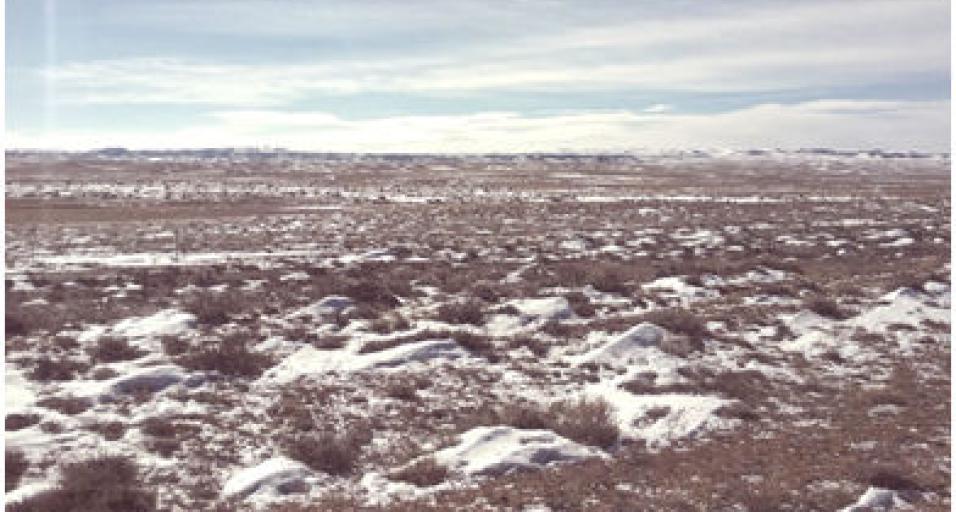For the majority of the Casper Region outside of the Black Hills, the 2018-2019 winter has been moderate in severity when compared to recent years. There have been a few cold snaps with relatively light snow accumulation occurring in low elevation basins. Late fall conditions were unseasonably cold, while early winter conditions were unseasonably mild. However, weather conditions in February were much colder than normal with moderate snow accumulation and persistent snow cover, even in lower elevations. Higher elevation summer/fall ranges have substantial snowpack that is well above normal in many areas. Regardless, the vast majority of winter ranges have exposed forage for wintering pronghorn and mule deer, and field personnel expect over-winter survival of big game to be about average. It is worth noting that big game were observed on winter ranges much earlier than normal due to significant snowfall and cold temperatures during the late fall. This was especially apparent with elk in the Laramie Range. This could result in above average winter mortality for mule deer and pronghorn in some areas if late winter and early spring conditions become harsher than normal. For most of the Region, winter conditions will not likely affect management for this coming year. Mule deer and pronghorn populations have grown significantly in recent years after rebounding from low levels through 2013. However, herd growth has tempered in most areas due to declining fawn production over the past two years. 
Winter conditions in the Black Hills have been somewhat harsh and are bordering on severe. Cold temperatures coupled with above-normal snowpack (150 – 200% of normal in most areas) have persisted throughout the winter. Several severe cold snaps with temperatures reaching 20-30 degrees below zero have occurred, even as recently as mid-February. Field personnel have documented some turkey mortality due to extreme cold and lack of available food sources. Although no significant big game die-offs have occurred as of late February, there is potential for above-average winter losses of pronghorn, mule deer and white-tailed deer if weather conditions persist. Managers will continue to monitor the situation closely. Fortunately, big game entered the winter in excellent shape due to good forage production. Such good nutritional body condition will better enable big game to survive this winter, although this will hinge upon prevailing weather conditions in the late winter and early spring. In the Black Hills, above-objective mule deer and white-tailed deer populations can withstand some winter losses, which may ultimately benefit wildlife habitats. Despite being over-objective, deer population levels and recent fawn production are now trending downward. As a result, coupled with the potential for some above-average winter losses, managers predict big game license issuance in northeast Wyoming will likely hold steady for the next couple years.


Winter conditions in the Casper Region

